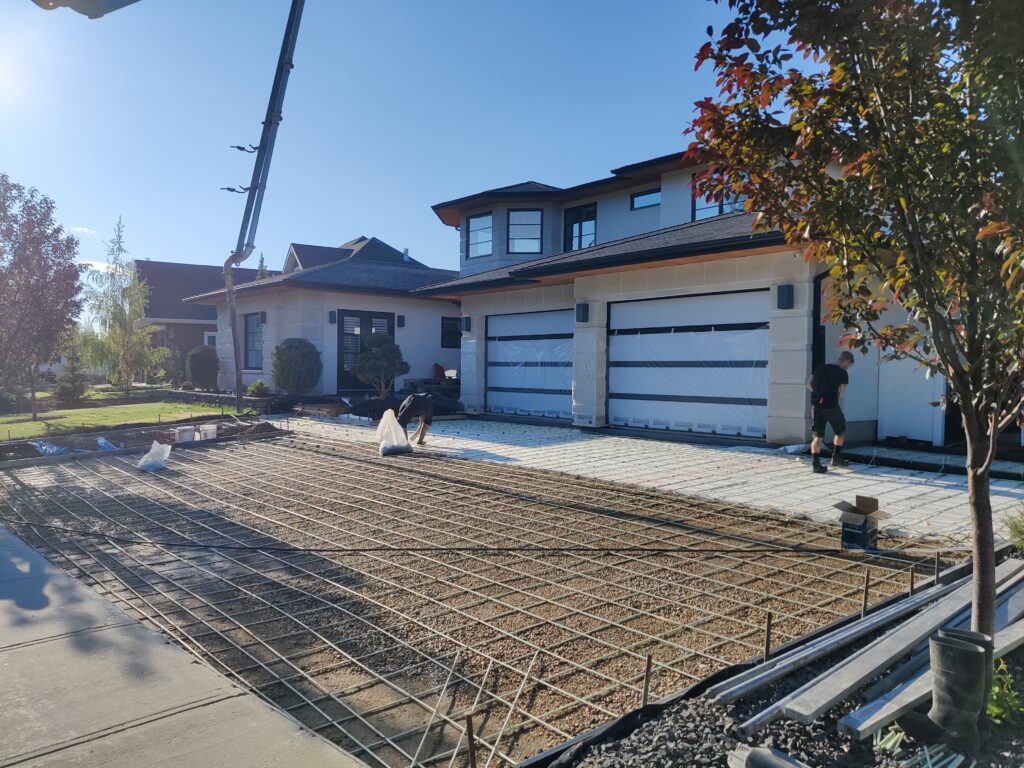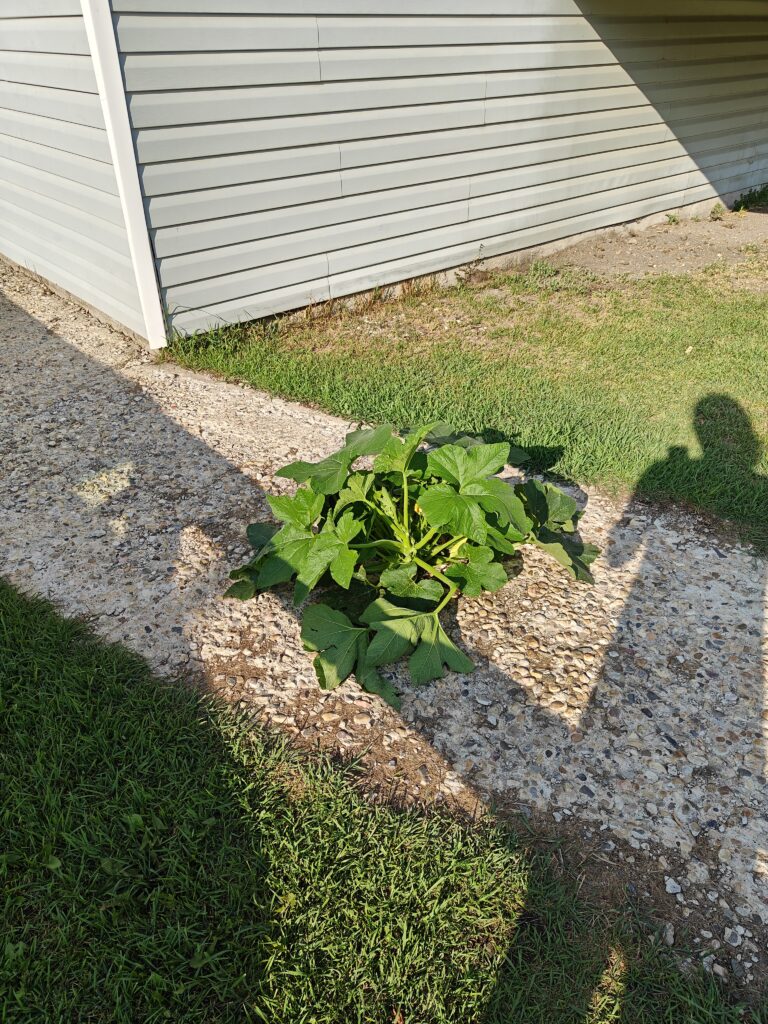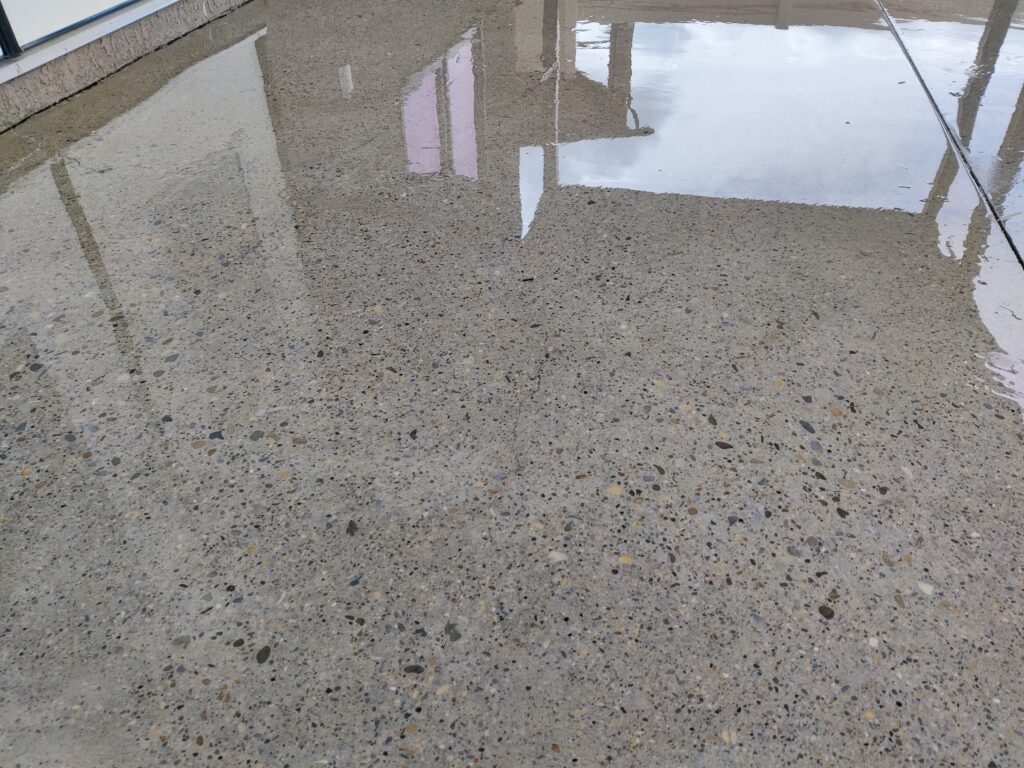Concrete Slab Repair & Replacement
CementWright offers concrete flatwork repair and remediation work. We often are asked to look at driveways, walkways, floor slabs, and steps that are experiencing some form of concrete failure. The solution to the problem varies depending on the failure mode. It is important to correctly assess the problem so the root cause can be appropriately dealt with and further issues do not occur.

Concrete Failure causation and Modes
There are multiple failure causes for concrete flatwork:
- Mechanical and chemical damage
- Finishing errors (early finishing; adding water, not handling bleedwater correctly, etc)
- Problems with mix design used (insufficient air entrainment for the use case, low grade concrete)
- Poor placement practices ( incorrect cold or hot weather concreting, too much water in mix, pouring on frozen ground)
- Poor grade prep. (Poor compaction, insufficient or incorrect base material, excess organics or topsoil below slab, incorrect frost protection)
- Incorrect weather handling (pouring in hot or cold weather without sufficient protection, rain damage during pour)
- Frost damage during placement or curing.
- Overloading slab prior to full cure.
- Incorrectly placed or timed relief cuts.
- Incorrectly placed or insufficient rebar (misunderstanding fibreglass bar grading & strength, incorrect coverage, no chairs)
- Site conditions, such as high alkali content in the water table, or exposure to chemical attack.

These are the common flatwork failures seen locally to our area, but there are others. These modes work together to give observed concrete failures such as
- cracked slabs
- concrete shifting and movement, including lifting or sinking/collapsing concrete.
- concrete spalling & scaling
- Pitting of concrete and popouts
- crumbling concrete.
Some of these are repairable, and some will require full replacement of the concrete and often the subgrade below. We have solutions for all of these, but as above, it is important to appropriate address the root cause so that further issues don’t occur. This can be expensive, which is why we advocate strongly for doing concrete correctly the first time.
Concrete Repair & Renewal
General rules for a successful repair are that the concrete must be sound and not continuing to deteriorate. If the failure modes are degrading the cement matrix, then repair options are typically limited because the concrete will continue degrading below the repair and cause failure with no regard for the care of the patch. In these cases, the best option is usually a full removal and replacement. In the other cases, there can be viable repair options, but sometimes the cost of them will approach that of full slab replacement, so it may be a better value to redo the concrete and have the assurance of uncompromised durability.

Slabjacking, or foam jacking, is a method of concrete lifting used to remediate sunken concrete by injecting material (previous a grout mixture, but more commonly polyurethane foam) below the slab and using the resulting pressure to lift the slab. This can be a good option where the slab is still in good repair otherwise and is not too cracked. It doesn’t deal with underlying problems, such as seasonal movement or unstable/settling soil, and so it is not always a long term solution. However, in most cases it is substantially cheaper than a full slab removal and replacement, so can still be viable as a short or medium term solution. This is especially the case where access is difficult, removal and replacement too costly, or repair lifetime is short. Concrete lifting done correctly in tandem with savvy engineering can be used to provide good concrete repairs.
We are often asked about concrete overlays to repair spalled concrete driveways and patios. We generally avoid overlay solutions for exterior repair except for very specific conditions. Concrete overlays look good initially and can open up a lot of flexibility with design, but do not typically perform well in our central AB climate with freeze-thaw cycling and can scale off if the narrow set of correct conditions are not met. Overlays also fail in both exterior and interior applications when they are used to mask fundamental concrete flaws that should actually be fixed with a complete tearout. The overlay is only as good as the substrate, and if the substrate is not sound or there is otherwise an underlying defect to the concrete, the repair will not hold up and is wasted.
We usually look to a mechanical surface treatment such as grinding/honing or blasting the concrete in cases where the substrate is sound and has only suffered surface damage. This is a viable fix for failures such as spalling or surface scaling. With care and additional treatments such as acid staining and densification, this can turn your damaged driveway or patio from an eyesore into a feature.
Where only a portion of the slab or floor is damaged, it is possible to remove the damaged area and install a patch. In some cases such as mechanical chipouts or small patches, a technical cement material is the best option to best match the existing concrete and avoid shrinkage pullback. In other cases where the damage is bigger, such as damage at a garage entry, it may be better to cut out the affected area and tie in a new patch into the old floor. This usually involves epoxy rebar installation and gravel base correction.
Concrete Removal and REplacement
Unfortunately, in many cases, repair is not a realistic option and it is a better value to demolish and replace the slab. This allows us to be certain that we’ve got the groundwork and rebar done correctly so the slab has the best chance at a long life. In some cases, repair or replace are both a viable option, but replacing the slab may not cost much different from repairing it, so the client will choose to replace and have the assurance that the slab is done correctly.

In most slab replacement cases the subgrade will need to be corrected. Poor subgrade preparation is a major root cause of multiple failure modes such as cracking, heaving and sinking. Correcting this often will involve removal of deleterious material such as organics (topsoil, etc) which cause instability below the concrete, but can be as simple as excavation and groundwork to install the correct amount of properly compacted gravel. This step will also include frost protection if it is deemed necessary; it is required against any heated building, or other structure that will move differently from the replacement slab. Understanding subgrade seasonal movement and correct preparation is critical to a durable concrete slab.
After groundwork, the slab proceeds similar to a new slab. In most cases, rebar is epoxy doweled into adjacent concrete to limit horizontal movement, but this depends a bit on the slab junction conditions. Rebar is installed on a grid spacing throughout the slab and set on chairs, similar to a new pour. This ensures reliable structure. Concrete is then placed and finished as appropriate for the use case.
Concrete is cheaper to do right the first time, but if things haven’t happened this way or you have otherwise inherited damaged concrete, contact us. CementWright understands concrete repair well and can suggest appropriate solutions to your concrete troubles.

